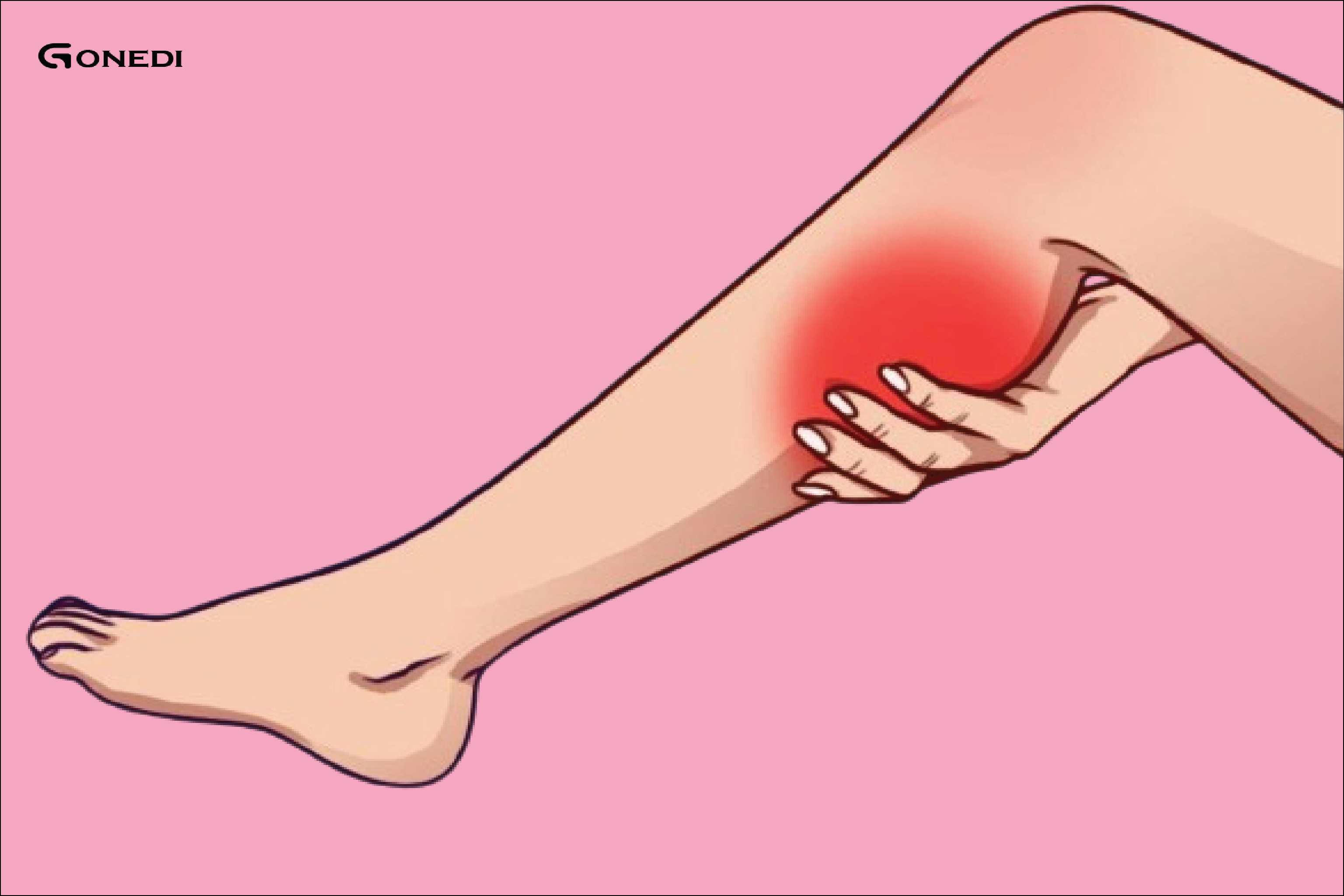Why do your legs cramp at night (and how to stop cramps from happening again)
Nocturnal leg cramps appear as painful sensations in the legs during sleep, and are primarily due to prolonged muscle effort during the day. While the calf is the most common site for these cramps to occur, they can also cause discomfort in the thighs and feet.
The duration of pain varies, ranging from a few seconds to several minutes. Interestingly, even after the pain subsides, residual muscle pain may persist until the next morning. Although this condition affects both sexes, it is significantly more common in individuals ages 50 and older.
Differentiating between leg cramps and restless leg syndrome (RLS) is crucial. Unlike the pain associated with leg cramps, restless legs syndrome is characterized by a general feeling of discomfort in the legs. in addition to:
Nocturnal leg cramps cause pain, while restless legs syndrome does not cause pain.
The primary symptom of leg cramps is the inability to move the legs, while RLS is characterized by an uncontrollable urge to move the legs.
Leg movement often relieves symptoms in restless legs syndrome, while stretching is essential to relieve nocturnal leg cramps.
The exact causes of nocturnal leg cramps are still elusive to science. However, common triggers include:
Long periods of sitting.
Incorrect sitting positions for long periods.
Long periods of standing or walking on hard surfaces.
Medical conditions can also contribute to nocturnal leg cramps, such as:
Pregnancy
alcoholism
drying
Parkinson’s disease
Neuromuscular disorders
Flat feet
Diabetes
Use of diuretics, statins, or beta agonists.
Treatment strategies for nocturnal leg cramps depend on the underlying cause. Cramps caused by dehydration can be relieved by maintaining proper hydration. Other potential treatments and preventive measures include:
Consume horse chestnut to enhance blood flow in the legs.
Relax your muscles before bed with a warm bath.
Apply a heating pad to the legs.
Massage and acupuncture to relieve muscle tension.
Increase your intake of magnesium and potassium.
Regular stretching exercises.
Strengthen leg muscles through exercise.
Given the seriousness of the attacks, proper preparation is essential. Timely intervention not only helps during the attack but also relieves subsequent pain.
Useful Tips:
Sit on the floor with legs extended, feet bent at the ankles, and toes pointed toward the knees. Stretching the feet can promote stretching. If immediately sitting in this position is a challenge, slightly bending the knees is an alternative.
Take breaks and walk while sitting for long periods to improve circulation.
Perform a gentle circular massage on the limbs.
Avoid excessively tight clothing.
Eat a tablespoon of yellow mustard to relieve discomfort.


